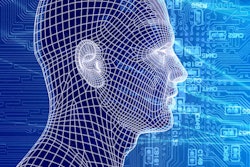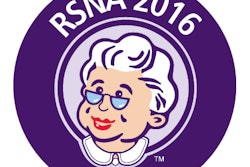
Has technology -- specifically PACS -- ruined radiology as a medical specialty? That's the provocative suggestion of a new article published on October 25 on the website of KQED, a San Francisco radio station.
The article is an edited excerpt from a book titled The Digital Doctor: Hope, Hype, and Harm at the Dawn of Medicine's Computer Age, published in 2015 by Dr. Robert Wachter, chair of the department of medicine at the University of California, San Francisco. The book examines healthcare's conversion to digital technology, and the impact the transition is having on patient care.
The October 25 article focuses on the medical specialty that was the earliest adopter of computer technology: radiology. Wachter describes how during his medical training, internal medicine physicians brought films to the radiology department to consult with staff radiologists. That all changed with the arrival of PACS, and now internal medicine trainees "barely know where the radiology department is."
Wachter describes the many benefits of PACS, with new flexibility in image interpretation, such as the ability to view CT scans at different contrast levels. PACS also eliminated the age-old problem of searching for lost x-ray films.
But PACS also brought with it myriad problems. The technology has led to the isolation of radiology from referring physicians: Wachter describes how he led a group of interns and students to the radiology department to review some films, only to be greeted by a wall of radiologists in the reading room with their backs turned, their eyes focused on computer screens. Rather than consult with Wachter on a difficult case, one of the radiologists referred him to the radiology report.
"I am deeply concerned that mine is the last generation to have learned the habit of going to the radiology department," Wachter wrote.
Wachter notes that radiologists are aware of their changing position and their growing isolation within healthcare. He relates the tale of a neuroradiologist at the Mayo Clinic, who tried an experiment to see if he could go an entire workday without speaking to another human. He succeeded.
Artificial intelligence and machine learning are the technologies that could ruin radiology permanently, according to Wachter. But radiologists are "waking up to their peril," and are taking steps to reduce their isolation, such as moving reading stations to clinical areas, training their staff in customer service, and developing technologies to foster communication between radiologists and clinicians.
In his conclusion, Wachter raises the question of whether the changes that technology has wrought on radiology are harbingers of what will happen throughout healthcare as computerization moves inexorably ahead.



















